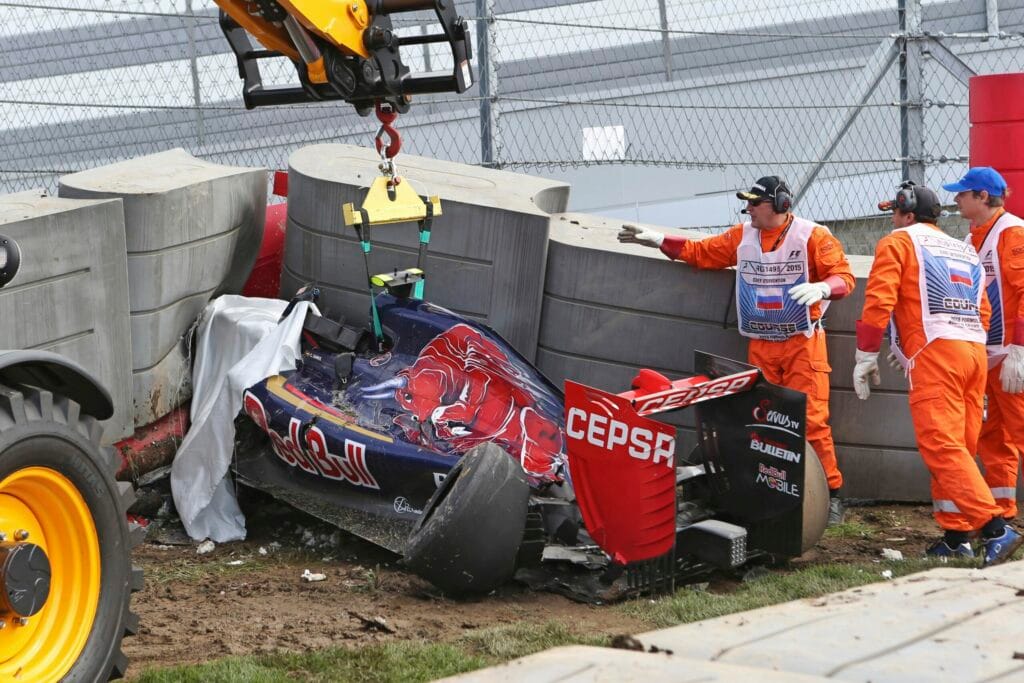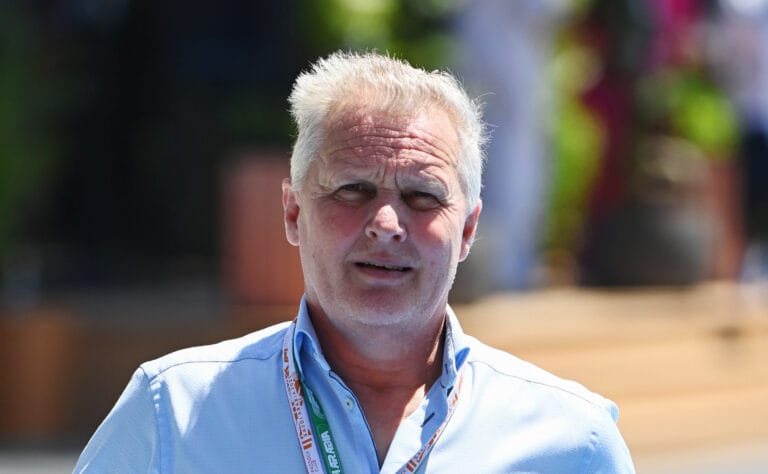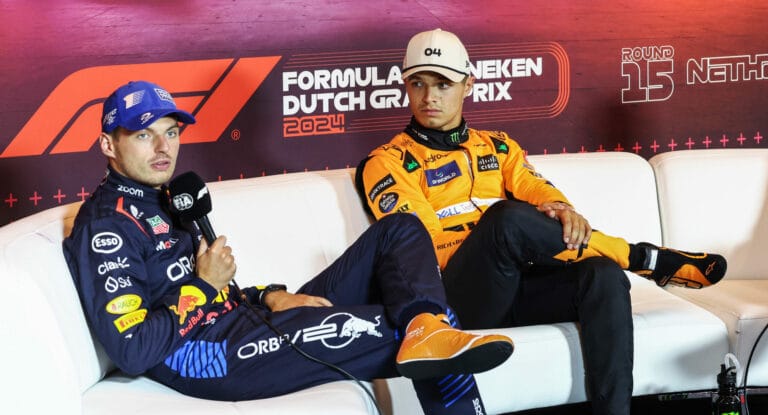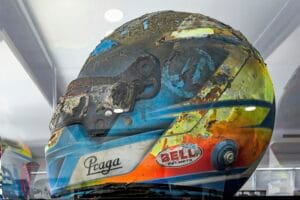On May 1, 1994, the world of Formula 1 was left in shock after Roland Ratzenberger and Ayrton Senna tragically died in accidents at the Imola circuit within a span of 48 hours. In this article, technical expert Ernest Knoors explains the safety measures that have been implemented since then and how they work in practice. Today, we delve into topics such as modified cars, headrests, sidepods, refueling, and tethered wheels.
Modified Cars
On Saturday, April 30, 1994, Roland Ratzenberger crashed at high speed on the Imola circuit. The Austrian driver died due to a broken neck and a skull base fracture caused by the impact. The following day, tragedy struck again when Ayrton Senna’s Williams car crashed into a concrete wall at high speed. The steering rod pierced through the visor of his helmet, leading to his untimely death.
Ernest Knoors recalls, “Formula 1 was in deep mourning at that time. Since 1986, no driver had died in an F1 car. But the sport had reached a point where it had simply become too dangerous. Unfortunately, the teams and the organization didn’t have much time to come up with a solution, as another accident occurred at the next Grand Prix. Karl Wendlinger had a severe crash during the qualifying session with his Sauber. He crashed out of the tunnel at full speed into a guardrail and was in a coma for several weeks. Those were truly harrowing weeks for the sport.”
One thing was clear: this could not continue. The circuits and cars had to be made safer as quickly as possible. During the next race, the Spanish Grand Prix, the teams were required to reduce the size of the wing end plates on the front wings and shorten the diffuser. This modification reduced downforce and lowered speed.
The Headrest
“I remember that Sauber came up with an innovation during that race: the headrest. This was the team’s response to Wendlinger’s crash in Monaco. You could see this as the first step towards better protecting the driver’s head and neck in the cockpit. It wasn’t until two years later that this became mandatory and every car had larger and raised cockpit openings. According to Sid Watkins, the F1 doctor at the circuit at the time, this is what saved Jos Verstappen from his severe crash at Spa in 1996.”
Introduction of the Plank in Formula 1 Cars in 1994
In 1994, several modifications were made to Formula 1 cars, with the introduction of the plank being perhaps the most significant. The plank, a wooden board attached to the bottom of the car, was introduced to prevent the vehicles from racing too low over the asphalt. The plank is 10 millimeters thick and is not allowed to wear down more than 1 millimeter during a race. If this rule is violated, disqualification follows, as was the case with Michael Schumacher during the Belgian GP that season. The plank is still used in Formula 1 to this day.
Additional Measures to Slow Down and Increase Safety of Cars
Further measures were introduced that year to make the cars slower and safer. The focus was on three main points:
- Reducing the amount of downforce, for example by reducing the size of the rear wings.
- Reducing engine power. Initially, this was achieved by requiring holes in the airbox, which reduced the amount of air flowing to the engine. Subsequently, for 1995, the engine displacement was reduced from 3.5 liters to 3.0 liters.
- Improving the passive safety of the car, for example by introducing side-impact tests and larger and higher cockpit edges.
Concerns Over Rapid Safety Measures Implementation
“While most teams naturally agree with the need to increase safety, there are objections to the speed at which some measures are being implemented. Some teams argue that changes to, for example, the rear wings are being implemented so quickly that the new components cannot be fully tested before being introduced to the race. I understand this, as it naturally carries risks that you want to avoid as much as possible at that moment.”
Sidepods & Refuelling
After all these emergency measures, the safety of F1 cars is taken much more seriously in the following years. From 1995, the sidepods must be raised for better lateral protection of the drivers. The front of the monocoque is also reinforced, and the edges of the cockpit are required to be raised to about shoulder height (a year later even to helmet height). The impact during crash tests is also increased, and the side-impact crash test is added during the car inspection. Since 2012, the crash tests of the new cars must be completed in good order before the test days.
Knoors: “You notice that Formula 1 is also looking around during this period. The sport borrows a component from aviation: the black box, which is of great importance after an airplane crash. Something similar has been present in F1 cars since 1997 under the name Accident Data Recorder. With the help of this component, teams and the organization have access to much more information after a crash. A smart move, as this naturally makes the sport even safer.”
Wheels & Cables
Unfortunately, over the years, crashes have resulted in drivers, marshals, and fans being killed by flying wheels. To prevent this, the wheels have been extra secured by cables since 1999. These wheel tethers run through the wheel suspension. However, these do not always seem to work sufficiently, so they are doubled from 2002 and even tripled from 2018.
Knoors: “Another drastic measure to increase safety is introduced from 2010. Refuelling during a pit stop is then abolished. This sometimes went wrong, causing drivers to drive through the pit lane with a flaming car or a piece of fuel hose. The downside of this measure is that it removes a strategic element from the sport. A shame, but understandable.”
Tomorrow: Part 2 of Technology: Ernest Knoors on increased safety in F1 since 1994







